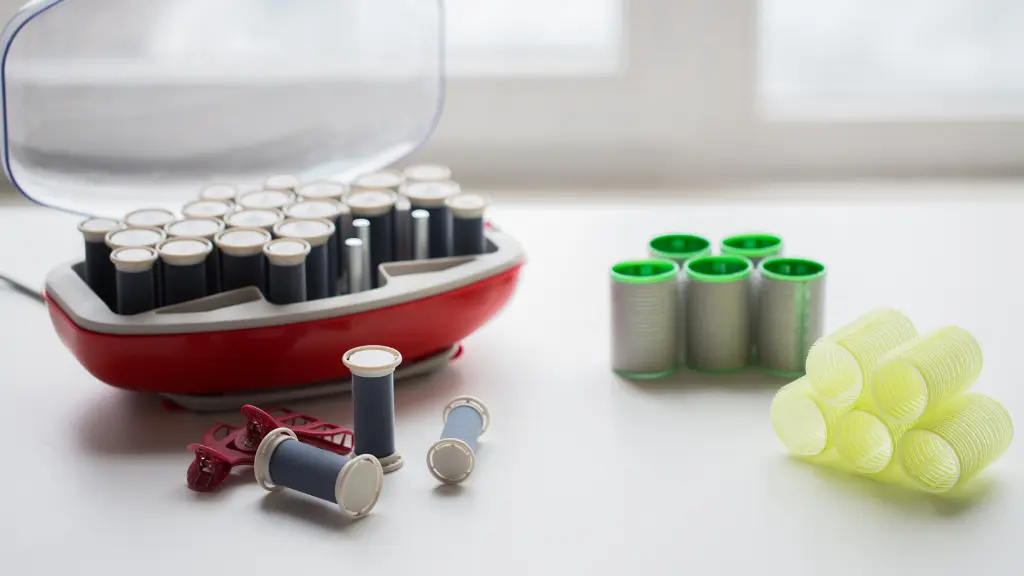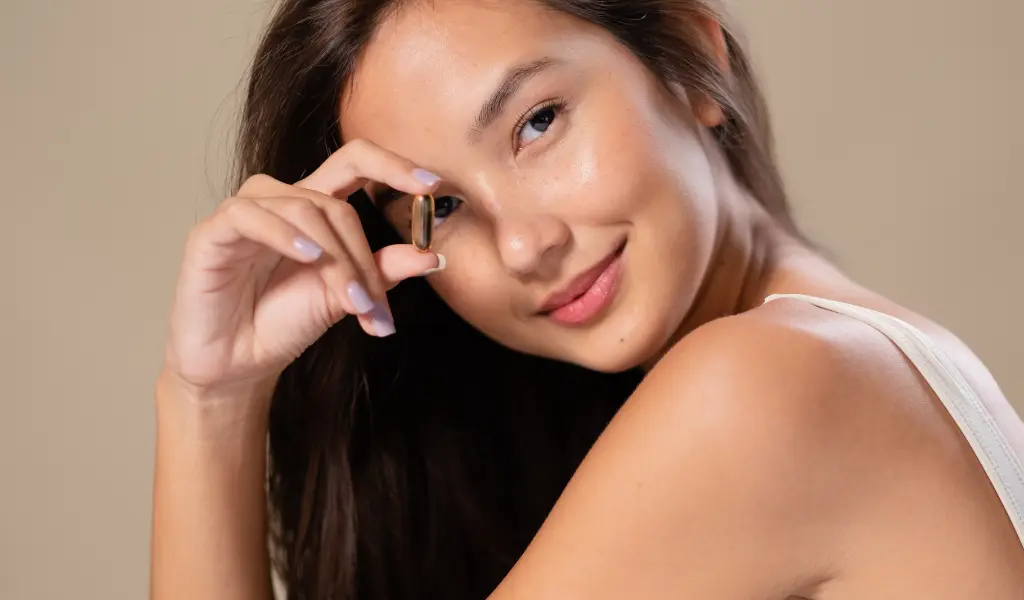Wrinkles are a natural part of the aging process, but did you know they might also offer clues about your lifestyle, emotions, and overall health? Wrinkles don’t just mark the passage of time—they can be indicators of your habits, stress levels, and even how you feel emotionally.
By paying attention to the type and location of your wrinkles, you can gain insights into your life and take steps toward healthier skin.
Let’s take a closer look at seven common wrinkle types and what they might say about you.
You May Also Like: The Only Soft Lip Hack Anyone Ever Needs for Life
1. Forehead Wrinkles: The Stress Signals
Forehead wrinkles, often seen as horizontal lines running across your brow, are one of the most common types of wrinkles. These wrinkles are typically associated with a lifetime of facial expressions, especially frowning or raising your eyebrows in surprise or stress.
What They Say About You:
- Stress: Frequent furrowing of the brow during stressful situations can lead to these lines.
- Concern or Worry: A constant state of worry can also cause the skin to crease.
- Aging: As skin loses its elasticity over time, forehead wrinkles naturally become more prominent.
How to Address Them:
- Consider using anti-aging creams with ingredients like retinol or peptides to boost collagen production.
- Practice stress management techniques such as yoga, meditation, or deep breathing.
- Protect your skin from the sun, as UV rays can accelerate the aging process.
2. Frown Lines (Glabellar Lines): The Emotional Wear-and-Tear
Frown lines, also known as “11 lines,” are the vertical creases between your eyebrows. These wrinkles often appear when you furrow your brow, whether from concentrating, worry, or frustration.
What They Say About You:
- Emotional Expression: These lines are often linked to intense emotions like anger or frustration.
- Age and Sun Exposure: Frown lines can deepen with age and increased sun damage.
- Stress and Sleep Deprivation: People who experience chronic stress or poor sleep may notice these lines more prominently.
How to Address Them:
- Botox injections are a popular treatment for smoothing out frown lines.
- Try facial exercises to strengthen the muscles around your eyebrows and reduce tension.
- Keep your skin hydrated to prevent further lines from forming.
3. Crow’s Feet: The Smile Lines
Crow’s feet are the small lines that form at the outer corners of your eyes. These lines appear when you smile, squint, or laugh. Though they are often seen as a sign of aging, they are also linked to positive emotions.
What They Say About You:
- Happiness: These lines indicate a life filled with laughter, joy, and positive emotions.
- Squinting: Frequent squinting in bright light or while reading can contribute to crow’s feet.
- Sun Exposure: UV rays can accelerate the formation of these lines.
How to Address Them:
- Wear sunglasses with UV protection to reduce squinting.
- Use eye creams that contain retinol, peptides, and antioxidants to smooth out these lines.
- Avoid excessive sun exposure, especially without sunscreen.
4. Nasolabial Folds: The Laugh Lines
The nasolabial folds are the lines that run from the sides of your nose to the corners of your mouth. Often referred to as “laugh lines,” these folds can become more prominent as you age, particularly with frequent smiling.
What They Say About You:
- Laughter and Joy: These lines are a natural result of smiling and laughing.
- Aging: As the skin loses collagen and elasticity, these folds become deeper over time.
- Volume Loss: The loss of fat and volume in the cheeks can make nasolabial folds more noticeable.
How to Address Them:
- Consider dermal fillers or hyaluronic acid injections to restore volume to the face and smooth out the folds.
- Maintain a healthy skincare routine with products that promote collagen production.
- Avoid smoking, as it can accelerate skin aging.
5. Marionette Lines: The Expression of Sadness
Marionette lines are the vertical lines that form at the corners of your mouth and extend down to your chin. They get their name because they resemble the lines on a marionette doll’s mouth. These lines can make you look sad or unhappy, even if you’re not.
What They Say About You:
- Loss of Facial Volume: These lines typically appear as a result of volume loss in the lower face.
- Depression or Sadness: The deepening of these lines may suggest emotional states related to sadness or grief.
- Aging and Gravity: Over time, the skin loses its firmness and elasticity, allowing gravity to pull down on the skin.
How to Address Them:
- Dermal fillers can help restore volume in the lower face and smooth out marionette lines.
- Facial exercises and lifting treatments, such as Ultherapy, may also be beneficial.
- Keep your skin moisturized and protect it from sun damage to maintain elasticity.
6. Lip Lines (Smoker’s Lines): The Signature of Lip Movement
Lip lines, often called smoker’s lines, are the fine vertical lines that appear around your lips. Though they are commonly linked to smoking, lip lines can also develop due to repetitive movements like talking, kissing, or drinking through a straw.
What They Say About You:
- Smoking: If you’re a smoker, the repeated motion of pursing your lips can contribute to these lines.
- Age: As the skin loses collagen and elasticity, fine lines can form around the lips, even without smoking.
- Repetitive Lip Movement: Frequent lip movement can cause these lines, regardless of whether or not you smoke.
How to Address Them:
- Use a lip treatment with peptides and hyaluronic acid to plump and hydrate the lips.
- Consider laser resurfacing or chemical peels to reduce the appearance of these lines.
- Quit smoking to prevent further lines from forming and to improve overall skin health.
7. Neck Wrinkles: The Sagging Reminder
Neck wrinkles, also known as “tech neck,” are the horizontal lines that form across the neck. These lines become more prominent as the skin loses collagen and elasticity with age. They can also be caused by repeated neck movements, such as looking down at a phone or computer screen.
What They Say About You:
- Aging: Neck wrinkles are a natural result of aging, as the skin on the neck is thinner and more delicate than the skin on the face.
- Tech Neck: Prolonged use of electronic devices that involve looking down can contribute to the formation of neck wrinkles.
- Posture Issues: Poor posture, such as slouching or tilting your head forward, can exacerbate neck wrinkles.
How to Address Them:
- Maintain good posture to prevent further stress on the neck area.
- Use a neck cream with retinol or peptides to help improve the elasticity of your skin.
- Try neck exercises to strengthen the muscles and prevent sagging.
Conclusion: Wrinkles Tell Your Story
Wrinkles are more than just signs of aging. They can reveal much about your lifestyle, emotions, and overall health. Whether it’s the stress-induced lines on your forehead or the laughter lines around your eyes, each wrinkle type tells a story about who you are and how you’ve lived.
By understanding the different types of wrinkles and what they mean, you can take proactive steps to maintain healthy, youthful skin. Whether through proper skincare, hydration, or adjusting your habits, you can embrace aging while keeping your skin glowing.
Taking care of your skin now will not only help reduce wrinkles but also improve your overall skin health as you age gracefully.












[…] You May Also Like: These 7 Wrinkle Types Might Say About You […]